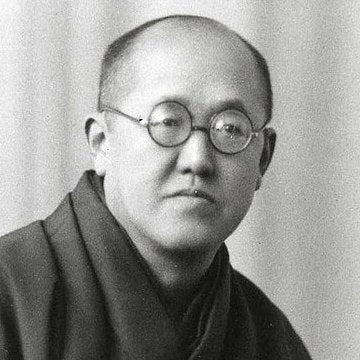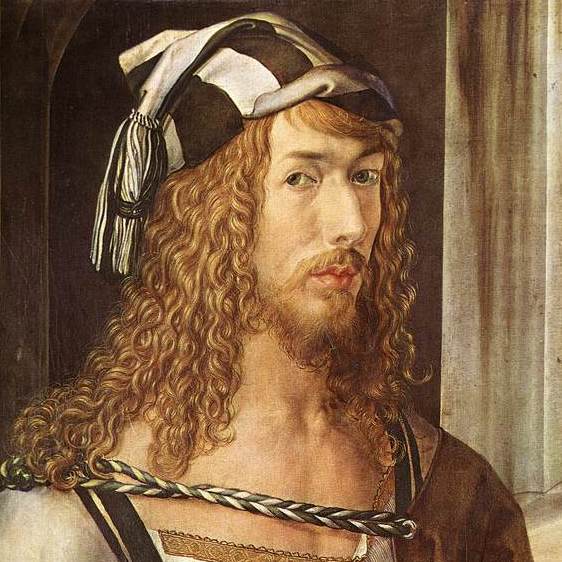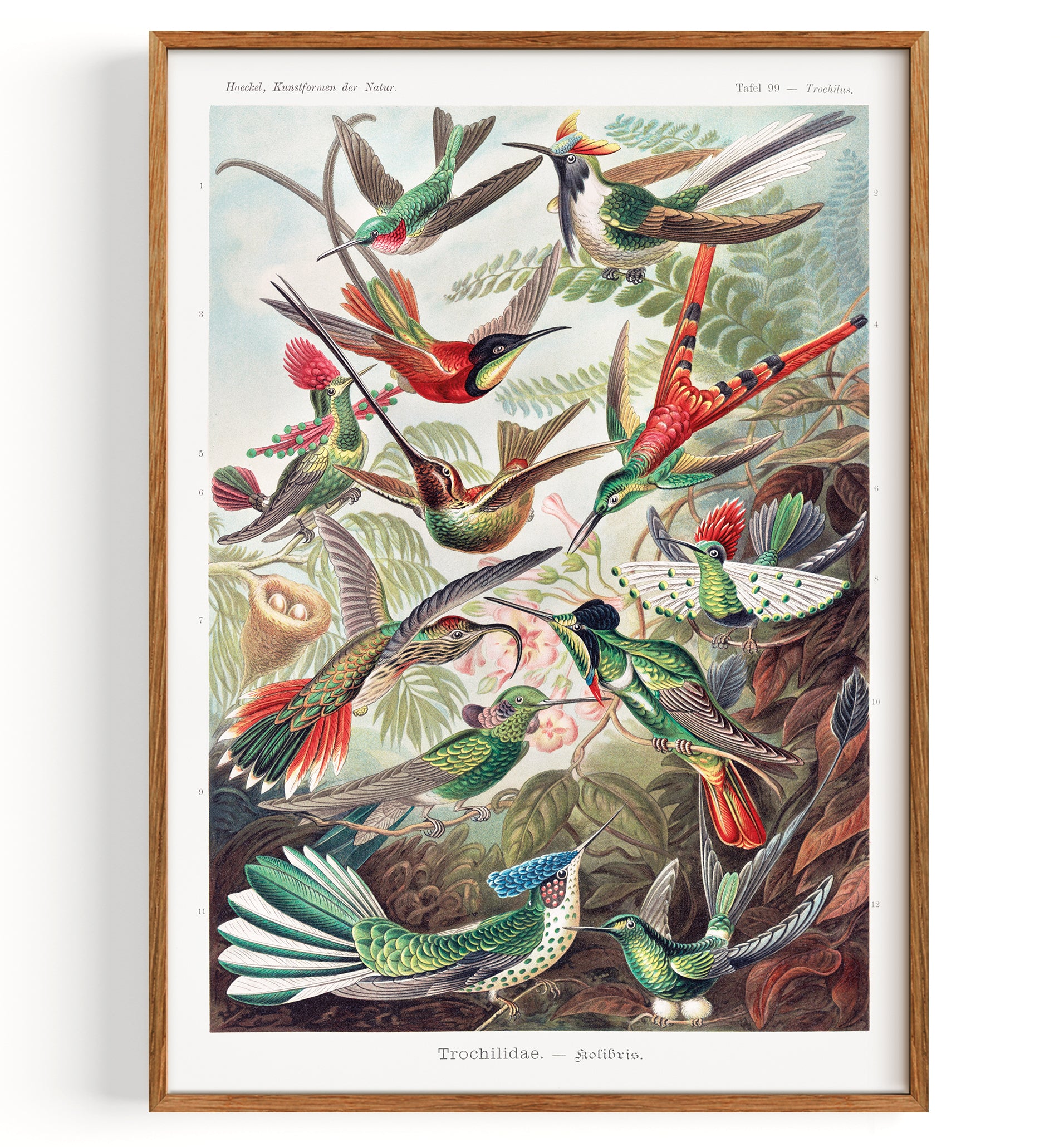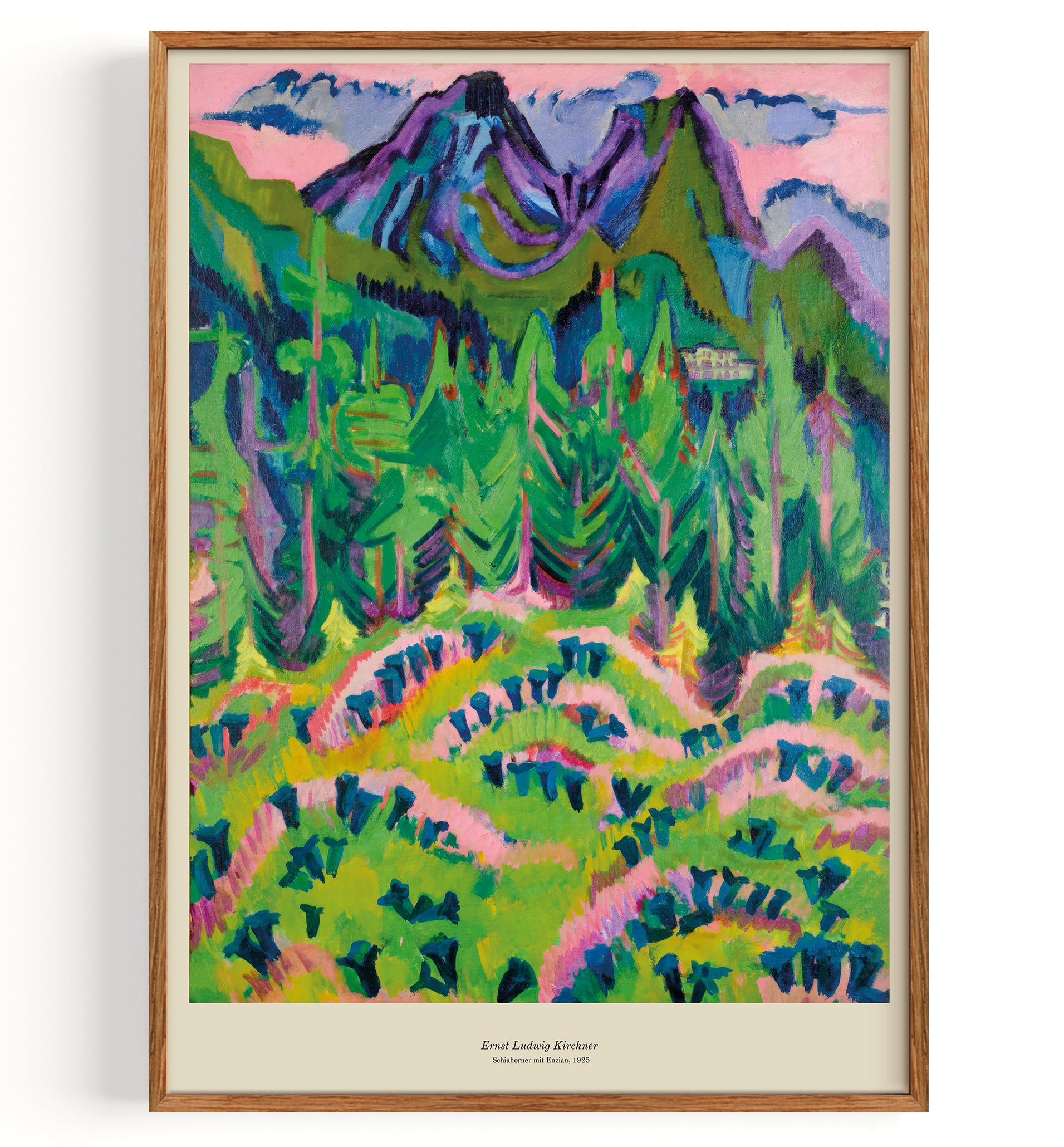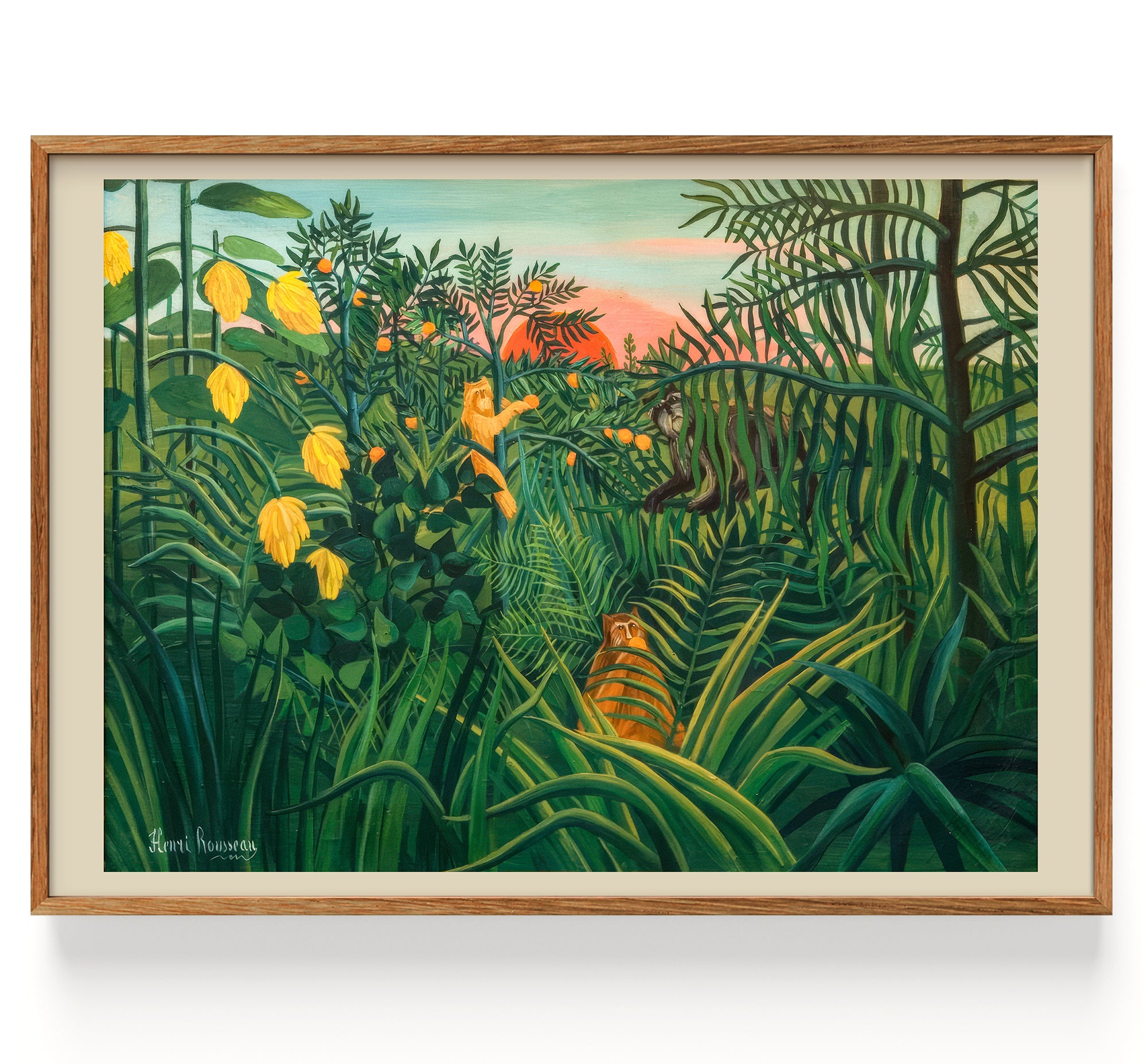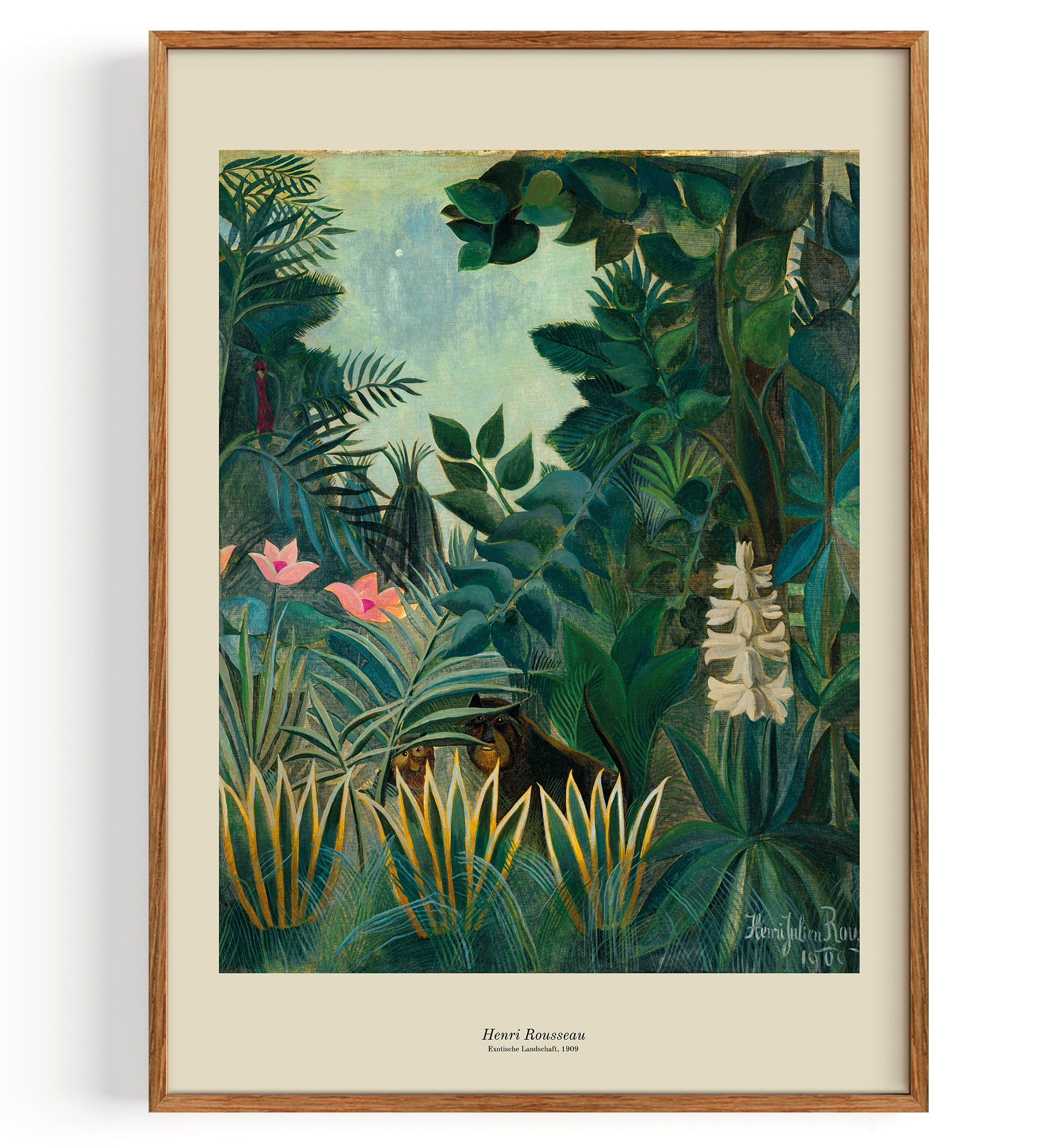Abbott Handerson Thayer
 Étude sur les Flamants rouges (1905-1909)
Étude sur les Flamants rouges (1905-1909)Étude sur les Flamants rouges (1905-1909)
Abbott Handerson Thayer
Prix normal 19,00€+Prix à l'unité par
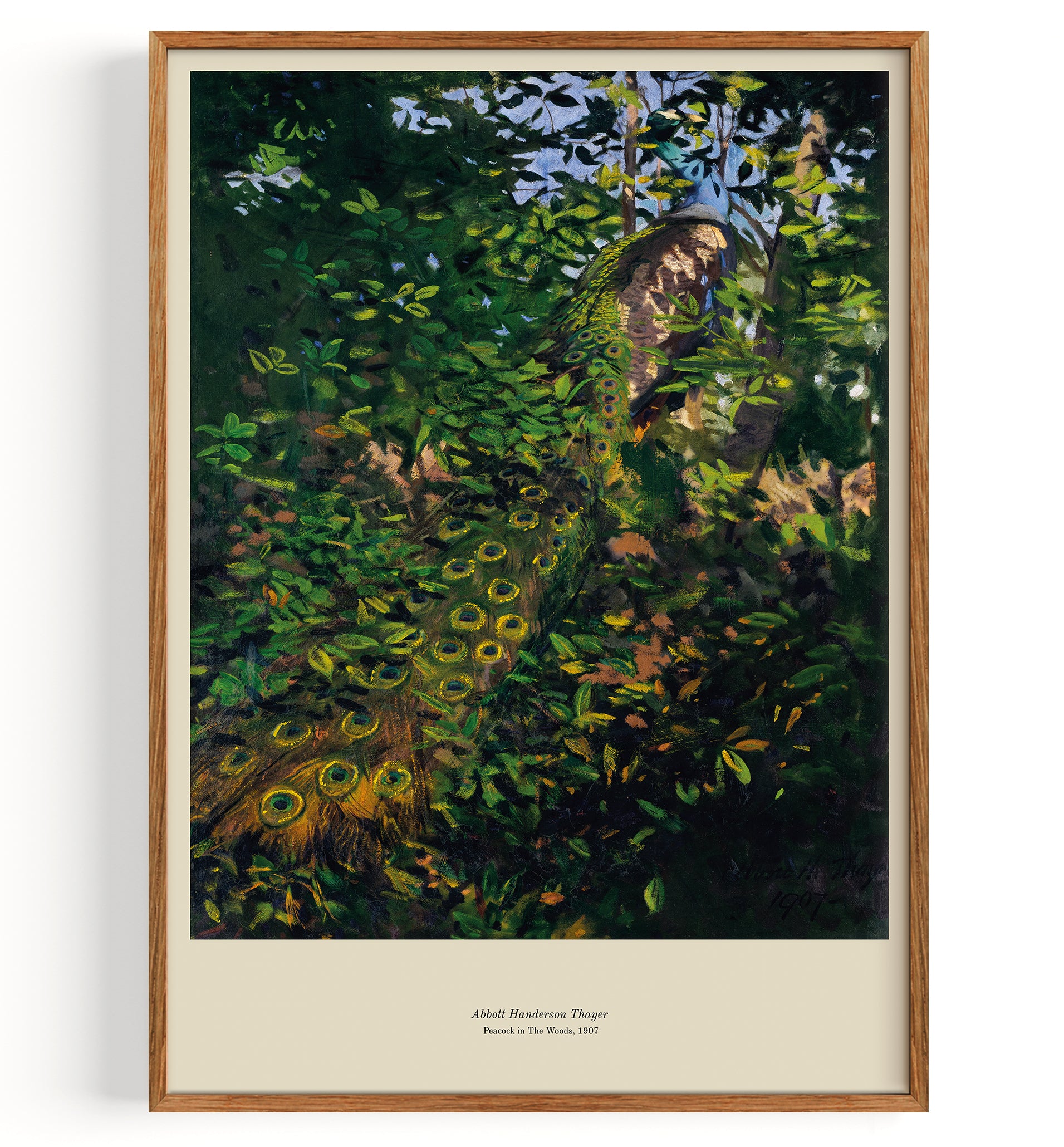 Paon dans les bois (1907)
Paon dans les bois (1907)Paon dans les bois (1907)
Abott Handerson Thayer
Prix normal 19,00€+Prix à l'unité par





